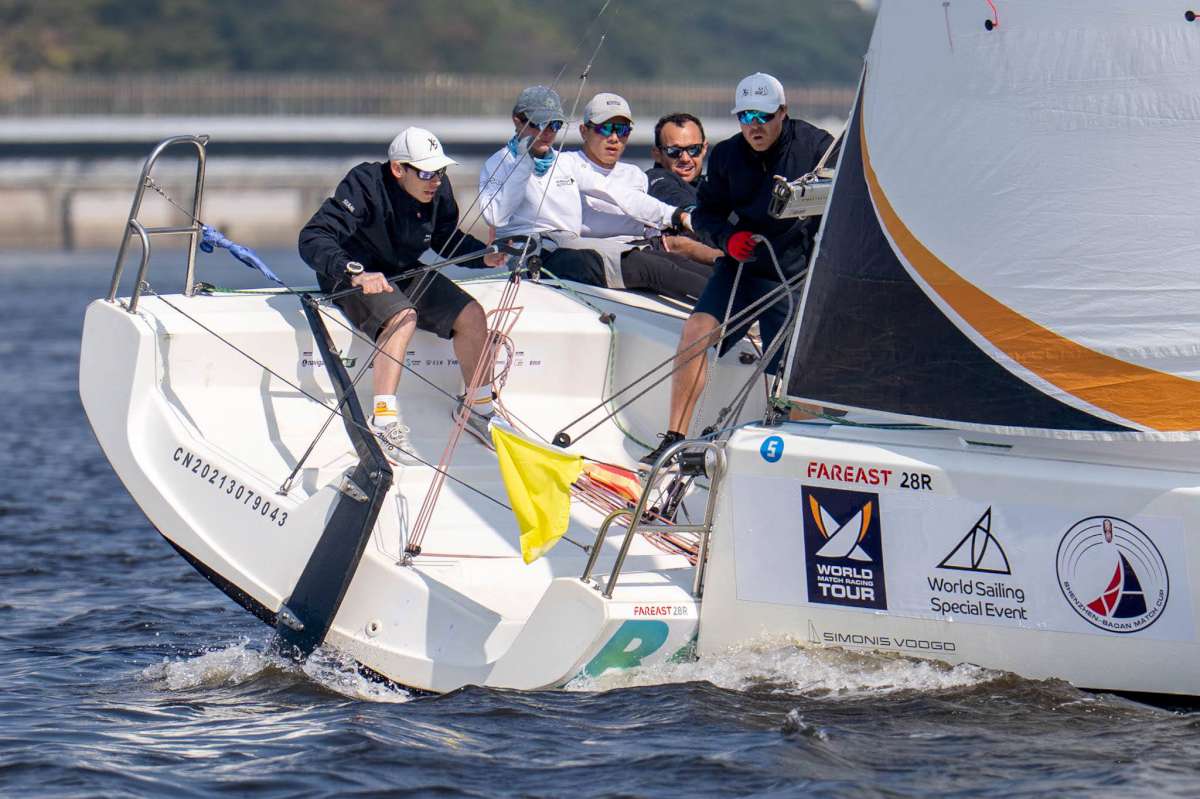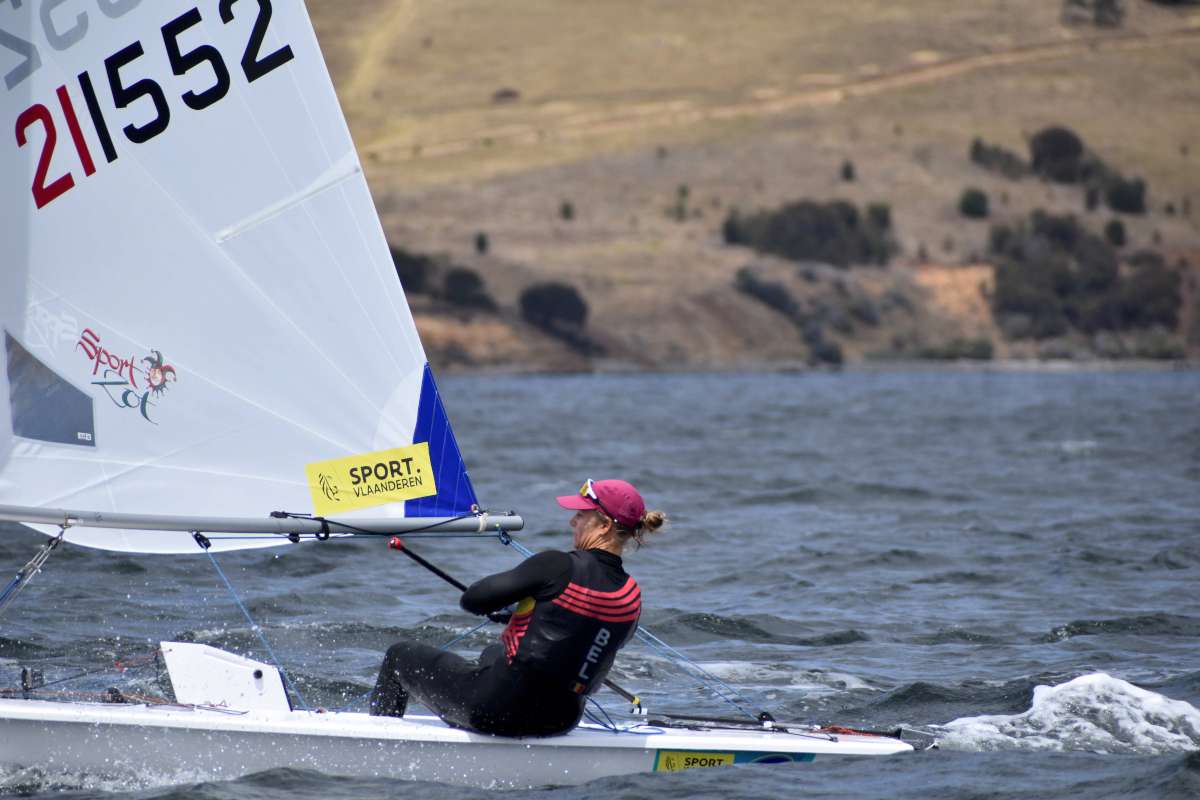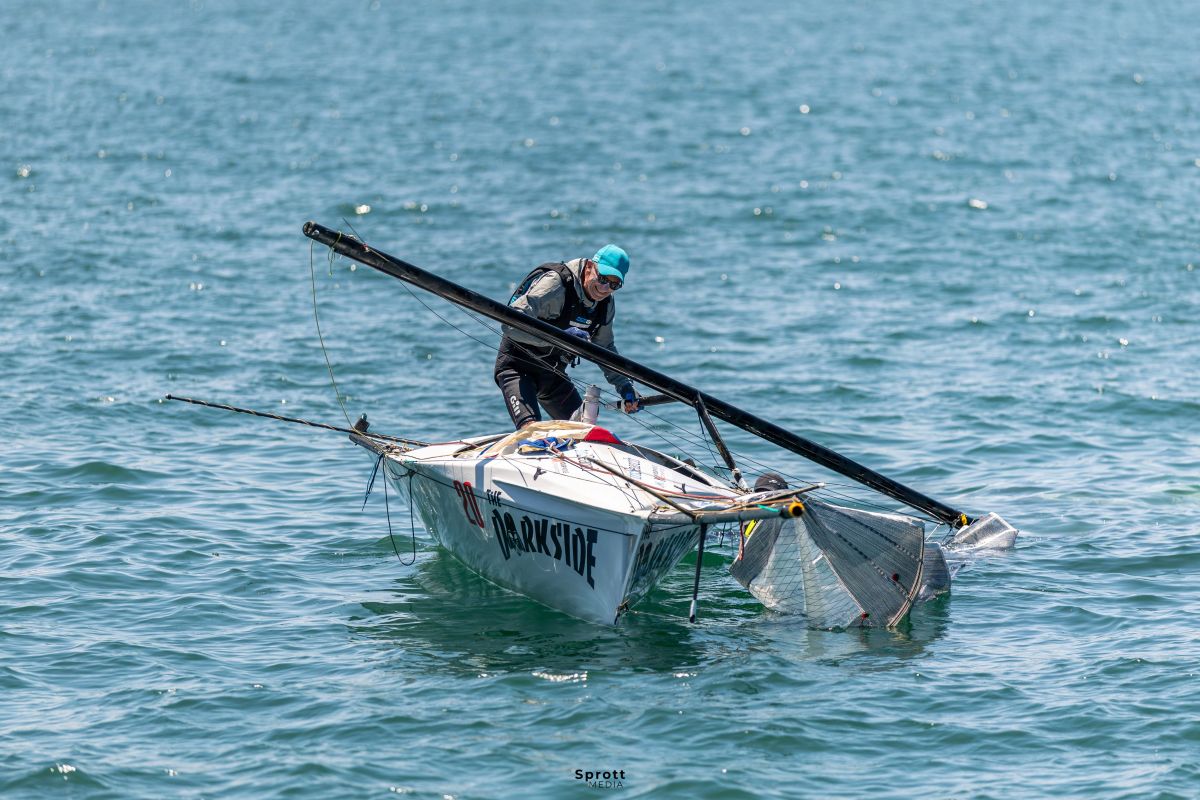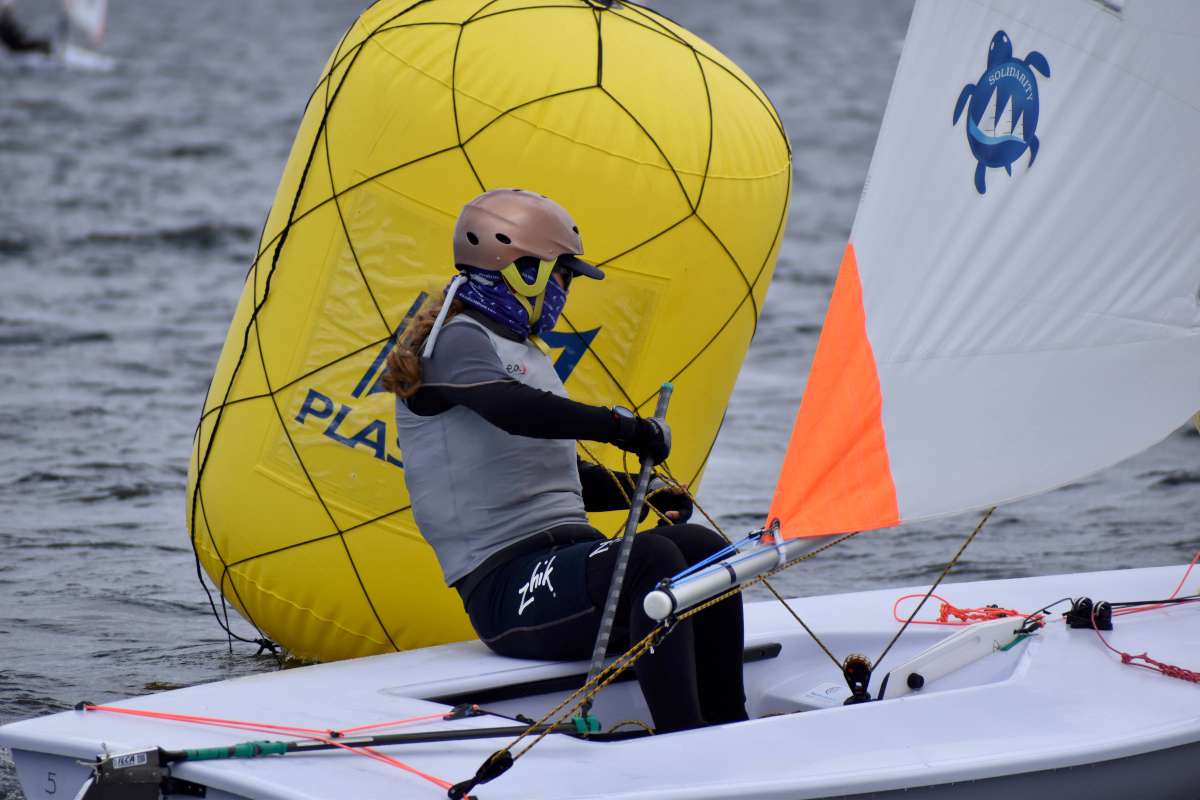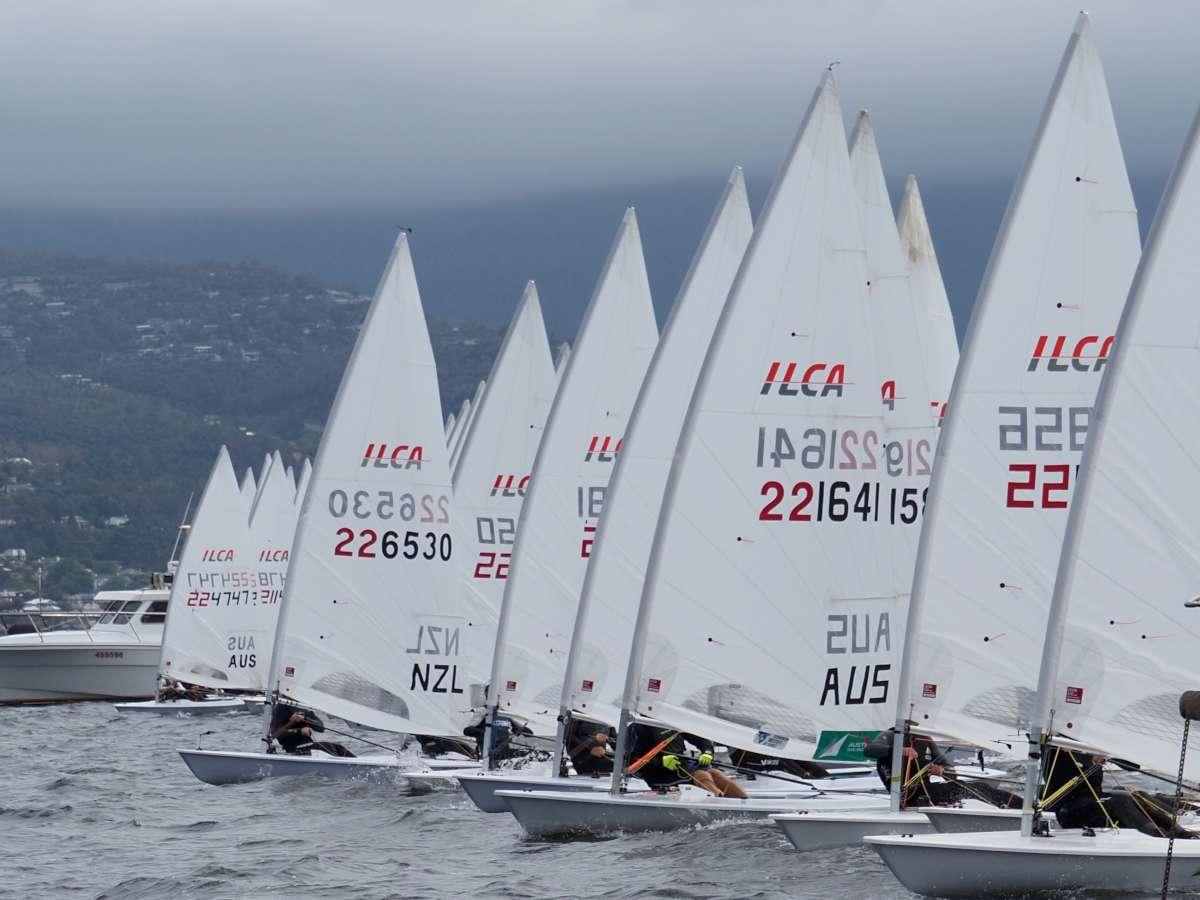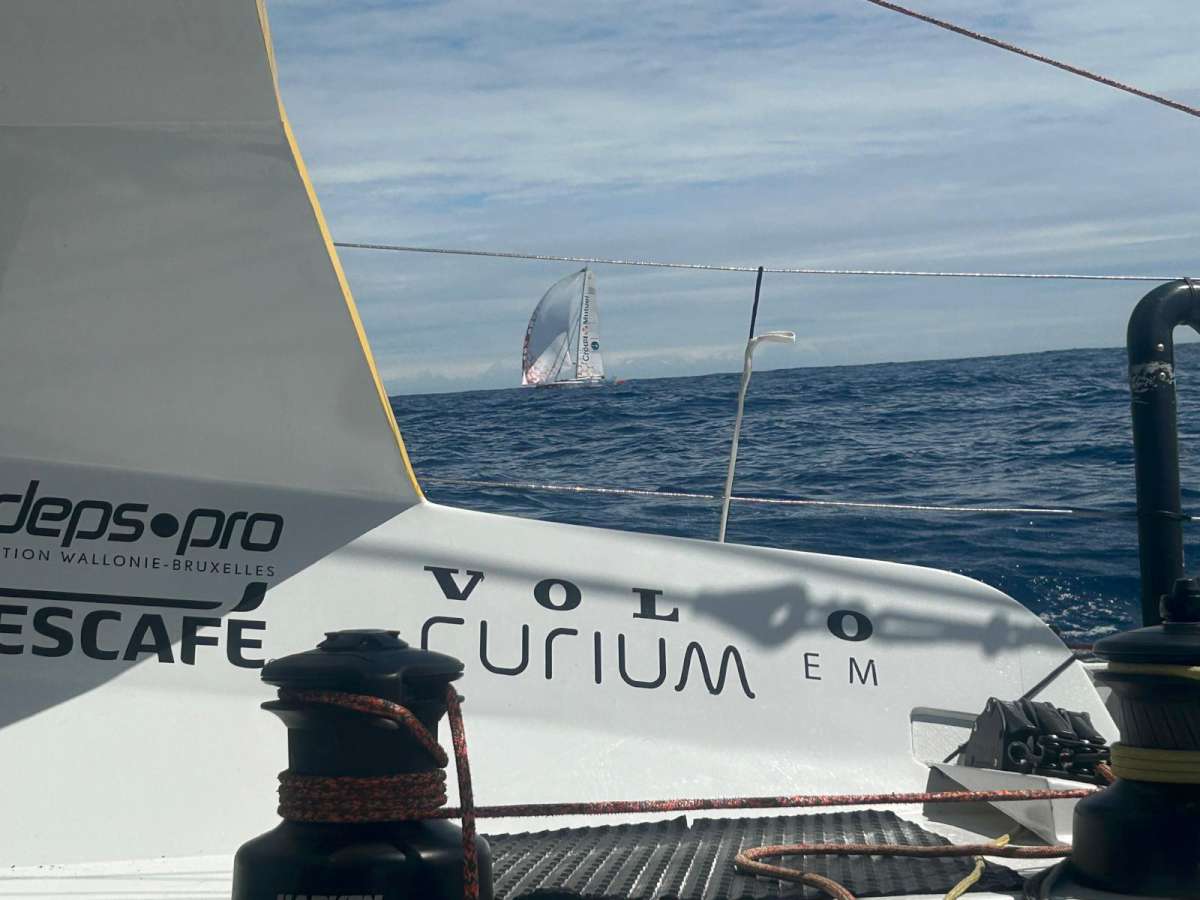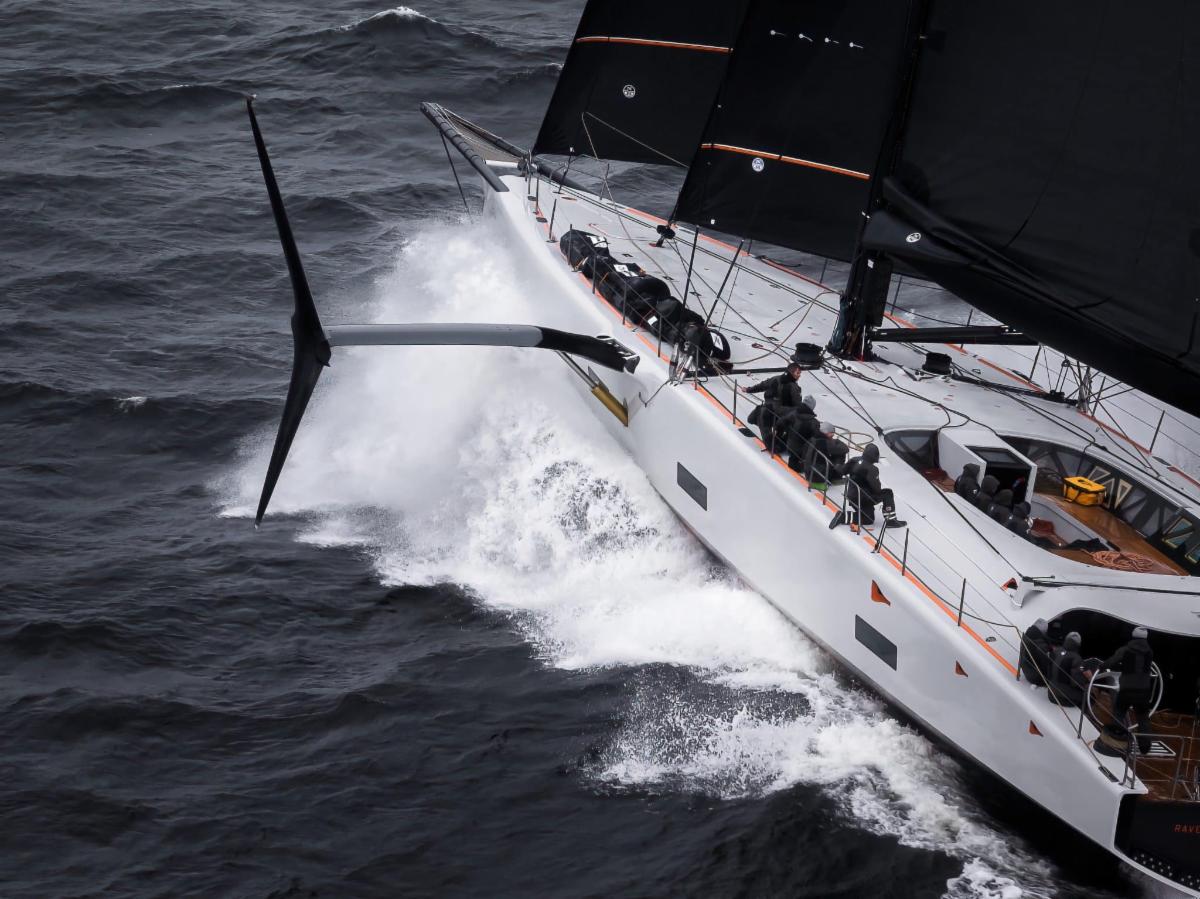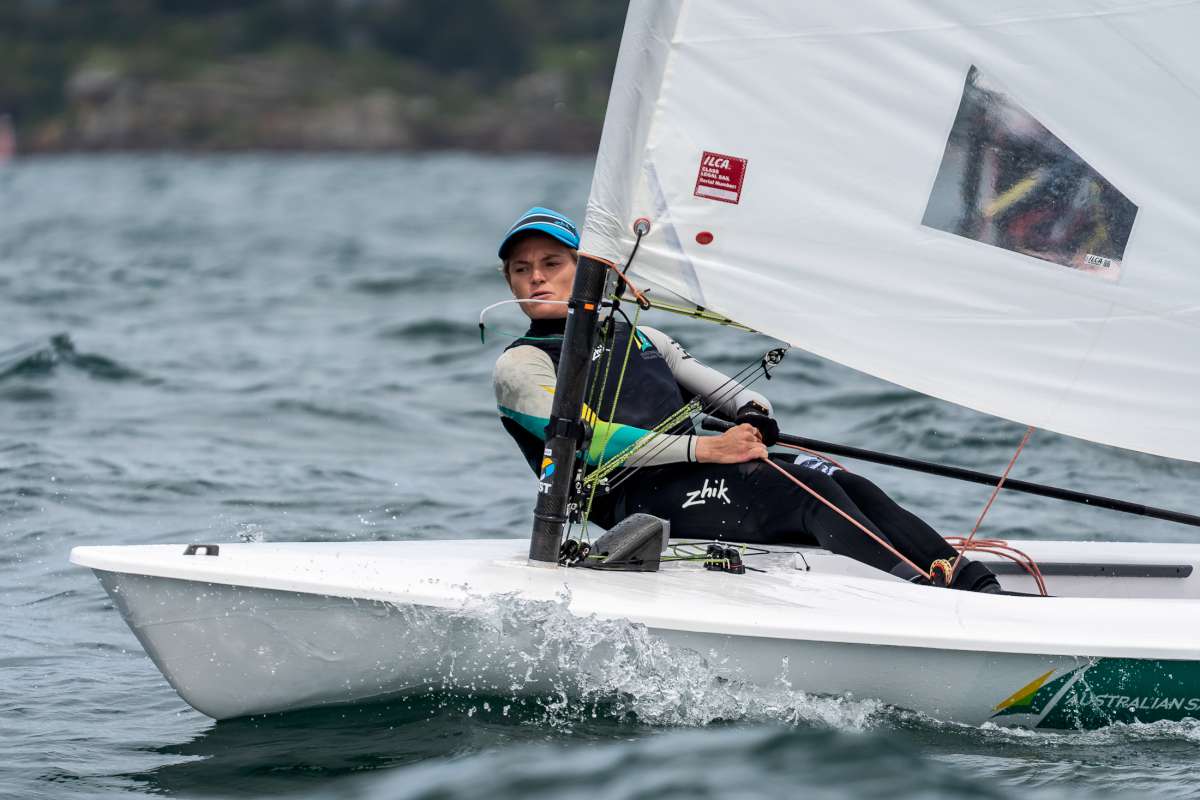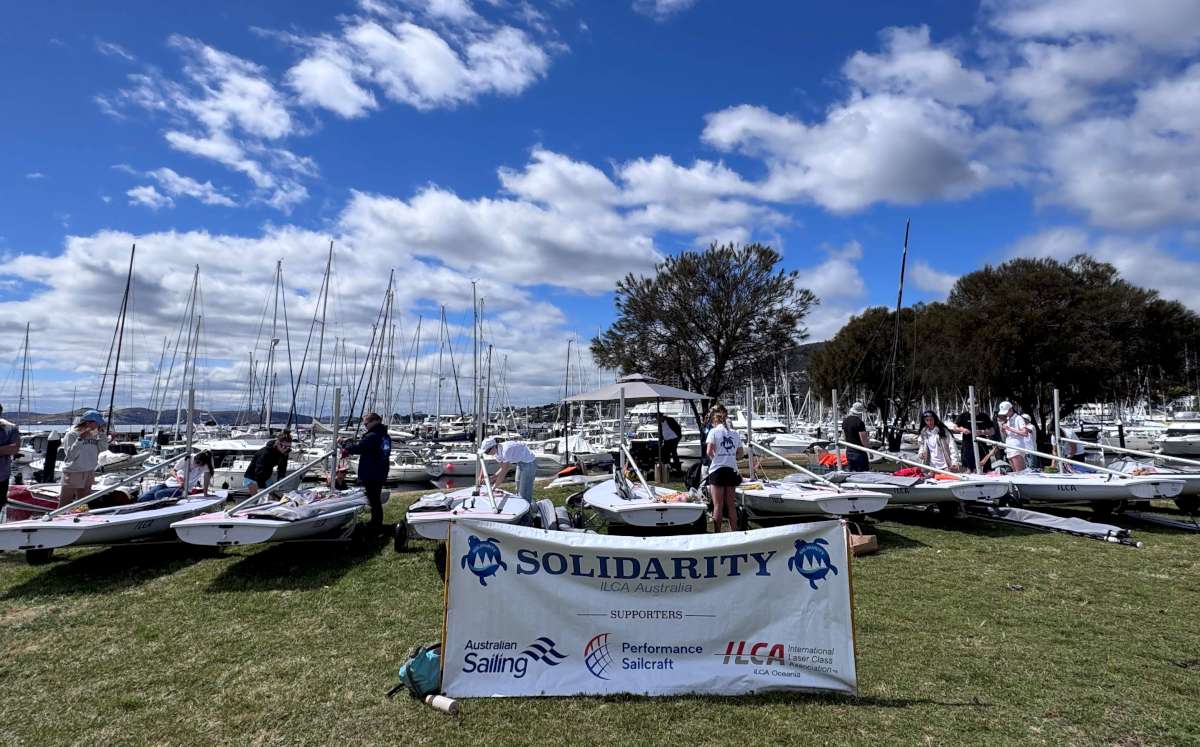CLASSIC CRUISE
Taking the famed Gypsy Moth IV cruising along the Top End while also being part of a social sea-going experiment was an amazing experience, reports Andrew Bray.
Many places on the north Queensland coast were named by British navigators such as Cook and Bligh over 200 years ago, so revisiting this area aboard a classic English yacht was a good reason to have a great adventure. In September, I had the opportunity to sail that still sparsely inhabited coast on a more recently famous British vessel – the 53ft cold moulded timber ketch Gipsy Moth IV, once skippered by Sir Francis Chichester. It was quite an experience, both socially, and in sailing such an historic yacht. GM4, as we will call her, is arguably the most famous yacht in the English- speaking world (see box). On each leg of her circumnavigation, the restored yacht carries a skipper and mate plus three teenage crew (some recovering from cancer, others from pretty challenged backgrounds). In addition, there is a “crew leader” who is generally someone with both writing and sailing experience.
The Brits rightly consider GM4 a national treasure. She was an unusual yacht even in her day, but also reflected traditions and pre-conceptions of her era. Built for speed before designers appreciated that light boats surfing down waves were faster, safer and less likely to be pooped by them. So she is heavy and relatively narrow with maximum beam well forward. By modern standards she has a long keel, with an inclined rudder attached to its trailing edge, many metres forward of her overhanging counter stern. Her bilges are slack, which in conjunction with her narrowness makes her tender, and very dependent on ballast to remain upright. Her pendulum-like rolling can be triggered just by applying a vigorous helm correction. Waves striking the overhanging counter push her off course, and have a tendency to come on board, despite her generous freeboard.
She is also a ketch – in the age before roller-furling headsails, this kept the individual sail sizes smaller and allowed the main to be dropped in a blow, but a mizzen also destabilises downwind steering. She has runners on both masts (the original polished aluminium spars), set up with large Hyfield levers, and all halyard winches are on the masts. Her roller-reefing mainsail is another sign of her vintage. I had a similar system on my own boat 30 years ago and vowed I never would again, once I'd seen how quick and effective slab reefing could be.
We never raised the mizzen, and only flew the mizzen staysail once, but despite being somewhat under-canvassed GM4 sailed well, especially in the following breezes we encountered, where rolling rather than excessive heeling was her most noteworthy idiosyncrasy.
Interior
Down below she is simply not set up for a crew of six, nor for tro The chart table was original, but she has modern B&G instruments and a small Simrad chartplotter which was a boon, except that it couldn't be seen by the helmsman. Its C-Map charts even included the Barrier Reef fishing zones (we caught four good fish). On several occasions for intricate navigation we used a handheld Ramarine RC400 in the cockpit, running Navionics charts.
Mad Dogs and Englishmen
Despite being embarked on a trade wind circumnavigation, the yacht lacks proper sun protection over the cockpit. Steve had organised a boom tent for the mizzen, which could extend forward to clip onto the pram hood dodger. But for ventilation and visibility, the pram was often folded down so the extension was rarely used.
We adults took various countermeasures against the sun (hats, sun-blocks, avoidance and long sleeves), and everyone had their own water bottle. But the teens would not be told and, apart from sunglasses, were often unprotected in the sun for hours while steering. All had repeated bouts of feeling unwell and since none threw up I suspect they were suffering from chronic heat exhaustion rather than sea sickness.
Perhaps the charity lacks the money, but I don't think the UKSA understands the issue. Mad dogs and Englishmen go out in the noonday sun, as the saying goes. They even have signs forbidding the opening of hatches at sea, adding to the cooker induced sauna below decks. Anyway, it's a golden opportunity for Sunbrella or some charitable bimini supplier to step in and help.
The voyage
My leg from Cairns to Darwin totalled about 1,300 miles, and had several phases – after provisioning in Cairns we took eight-day hops north to Cape York, followed by a five-day offshore passage to Cape Don, merging into an overnight transit of the Straits between Melville Island and the Australian mainland, bringing us to anchor in Fanny Bay before sunset on the 13th day after leaving Cairns.
There isn't space here to detail the voyage itself, but you'll get an overview of our journey from the diagram. If you're interested, further information is included in the GM4Leg17.kml file, which can be downloaded from my web site, (users.tpg.com.au/users/adsl9dhg/gipsy_moth_4.htm) and viewed with the freeware program Google Earth. The Great Barrier Reef looks magnificent from space but requires constant vigilance when you're down there among the inner reefs, sharing the channel with ships.
Crew dynamics
Grouping six strangers together on to a small boat for two weeks is something of a gamble, so I brought along a packet of large leaf tea to remind the Brits of our common heritage. Our skipper was Steve Rouse, an ex-military man turned ocean sailing instructor who had sailed GM4 before, including the previous leg from Hamilton Island to Cairns. The mate was Bob Bradfield, another very experienced sailor, initially involved with fundraising for the GM4 project, and recently playing a vital role in getting the yacht repaired in Auckland. Both proved to be very practical sailors, and congenial company, which was a relief as I'd found the yacht?s owners, the UKSA, rather bureaucratic. Bob had arrived a day earlier from the UK with our three teenage crew – Rebecca (Becky) Holdstock, 18, from the Isle of Wight, Katie Brewins, 18, from Scarborough, and Richard Benady, 17, from Gibraltar. I joined as crew leader, in time to tag along as Andrew Eccleston, mate on the previous leg, “handed over” to Bob.
Comfort zones
Becky and Richard had some previous sailing experience, but other than a few hours during her GM4 selection process, Katie had never been on a yacht before. The teenagers were, of course, our prime responsibility, and while none of them needed to be babied, the whole GM4 experience was a radical departure from their normal comfort zones, with them having to make profound personal adjustments.
Apart from the physical discomforts of living on a narrow, rolling and badly ventilated yacht in the tro Even good food sometimes presented a challenging new experience – none was familiar with couscous for example (much quicker to cook than rice), and I doubt Katie had ever eaten fish not covered in batter before. Timekeeping was new as well. From the Torres Straits to Darwin, we paired into three watches ? three hours on, six off – an unusual rota which automatically advances everyone's watch times by three hours each day. So even on a passage of just a few days, we all experienced the full range of night watches, with the chance to watch a green flash at sunset followed by satellites, meteors after midnight, and a dawn watch.
Formal watches and the sharing of chores were I think an important factor in the successful integration of our disparate shipmates. I remain unconverted to rap music, and still found Katie's Yorkshire accent difficult, but by and large the social experiment worked. We all got a lot out of it, and the teens in particular probably had a genuinely “life changing” experience, returning home with their horizons and aspirations irreversibly widened. Not only did we part on good terms, but making plans to do some sailing together when next in each other's country. In the space remaining, I'd like to comment on some aspects of the yacht.
The coast
During the trip we anchored at the Low Isles the day after Steve Irwin's fatal encounter with a stingray in the same area. As the passage continued, Australia's reputation for dangerous marine animals was reinforced by sightings of sharks, sea snakes, sting rays and one saltwater crocodile. But, for my shipmates, probably the most remarkable aspects of the coast-hopping was the lack of habitation – and cell phone coverage! North of Cooktown, the map showed nothing but a few isolated fishing or mining hamlets and Aboriginal communities in the 380-odd miles between there and Thursday Island in the Torres Strait.
We often mentioned Chichester. Mostly in the context of how determined and capable he must have been to do what he did at his age and above all in this particular yacht with its poltergeist self-opening drawers. I've enjoyed the romance of sailing on GM4, and of thinking that Chichester gazed at those same gyrating deck beams. But the best memories I take away are of my shipmates and the voyage we made successfully together.
Self-steering
Chichester was a pioneer user of self-steering gear (SSG), designing his own “Miranda” gear for the first OSTAR. On GM4, he had gear designed by another of those original competitors, Blondie Hassler, who invented the servo pendulum mechanism which is at the heart of nearly all SSG today. GM4's version has a vertical axis vane, less sensitive and powerful than the inclined axis vanes used by most modern gear.
As far as I'm aware, the SSG was not used during this latest circumnavigation until after leaving Mooloolaba, but in Cairns Andrew Eccleston reported having used it, and pointed out where various pins needed to be inserted when deploying it. Chichester could adjust the course from the cockpit, but when I re-rigged an endless line to achieve this, we found the worm and wheel adjustment mechanism was no longer able to alter course to port! With six crew, there was no need for SSG, especially while day-hopping inside the reef where courses needed to be accurate. But we deployed it after clearing Torres Strait (crawling aft under the boom tent to adjust course), and it did most of the helming until beyond Croker Island. By then the flowing water had peeled back a thin stainless skin, apparently applied at some stage to hide damage to the timber pendulum oar.




